Clinical, animal studies probe DISC1’s role in autism
Several genetic and animal studies in the past year have found intriguing ties between autism and DISC1, one of the oldest candidate genes for psychiatric disorders.
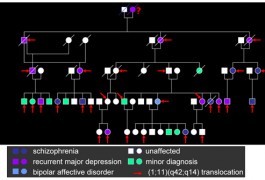
Several genetic and animal studies in the past year have found intriguing ties between autism and DISC1, one of the oldest candidate genes for psychiatric disorders.

Researchers are using dogs as models of psychiatric and behavioral conditions, including obsessive-compulsive disorder and autism.

Individuals who carry a large and rare deletion on chromosome 16 that is associated with autism are likely to have developmental delays, be obese or both, according to two studies published last week in Nature.

Genetic variations that tweak the brain’s release of oxytocin — a hormone involved in social bonding and establishing trust — may increase the risk of developing autism or traits of the disorder, according to three new studies published in the past few months.
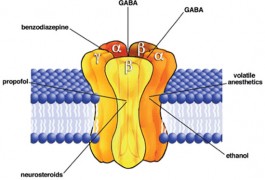
Scientists have for the first time found direct evidence that defects in the GABA receptor sometimes give rise to autism, according to research published 24 November in Molecular Psychiatry.
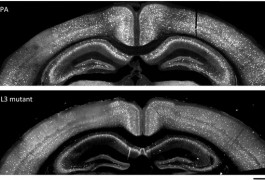
Autism may be the result of faulty wiring that occurs during early brain development, according to two independent studies that looked at the origins of circuit disruption.
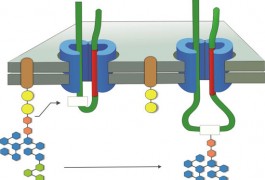
A new mutation in the neuroligin-4 (NLGN4) gene, one of the few genes convincingly tied to autism, has been found in two brothers with autism, further implicating the gene in the disorder, scientists reported in the Journal of Neuroscience.
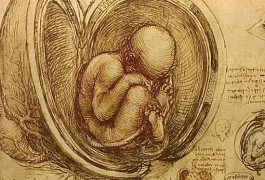
A team of British researchers has garnered some of the first genetic evidence supporting their theory that sex hormones play a role in the development of autism.
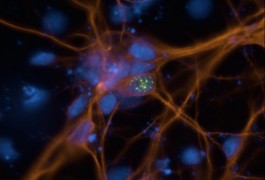
A common variant of a gene called CACNA1G — which makes a channel that helps regulate calcium flow between cells — may increase the risk of developing autism, according to research published in Molecular Psychiatry.
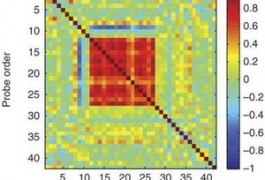
In the past few months, researchers have published dozens of reports linking single-nucleotide polymorphisms (SNPs) with susceptibility to a range of common diseases.